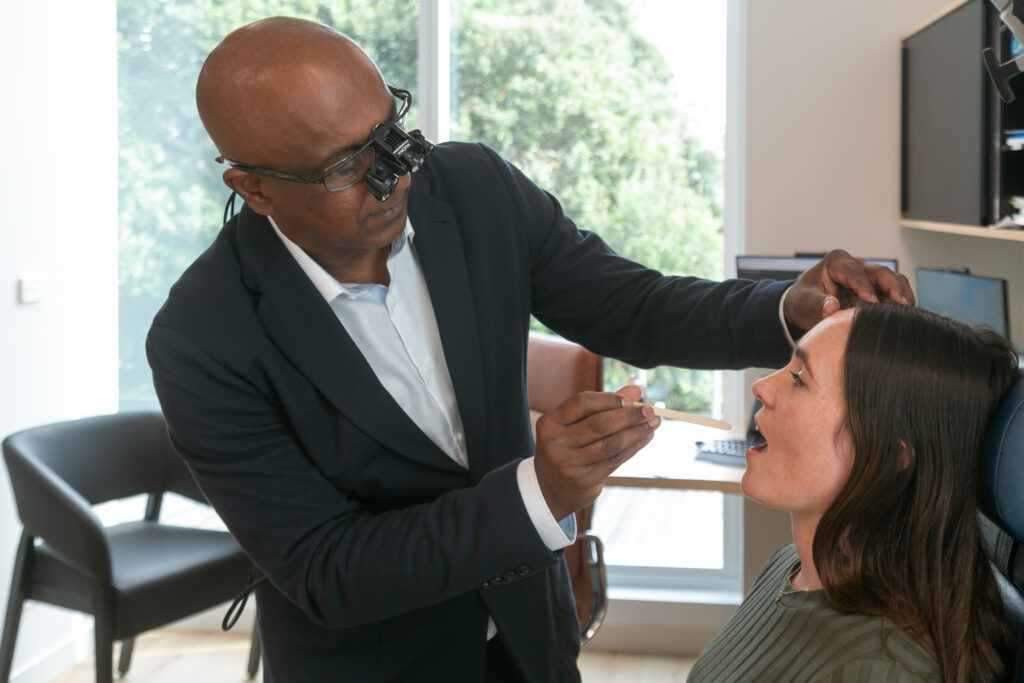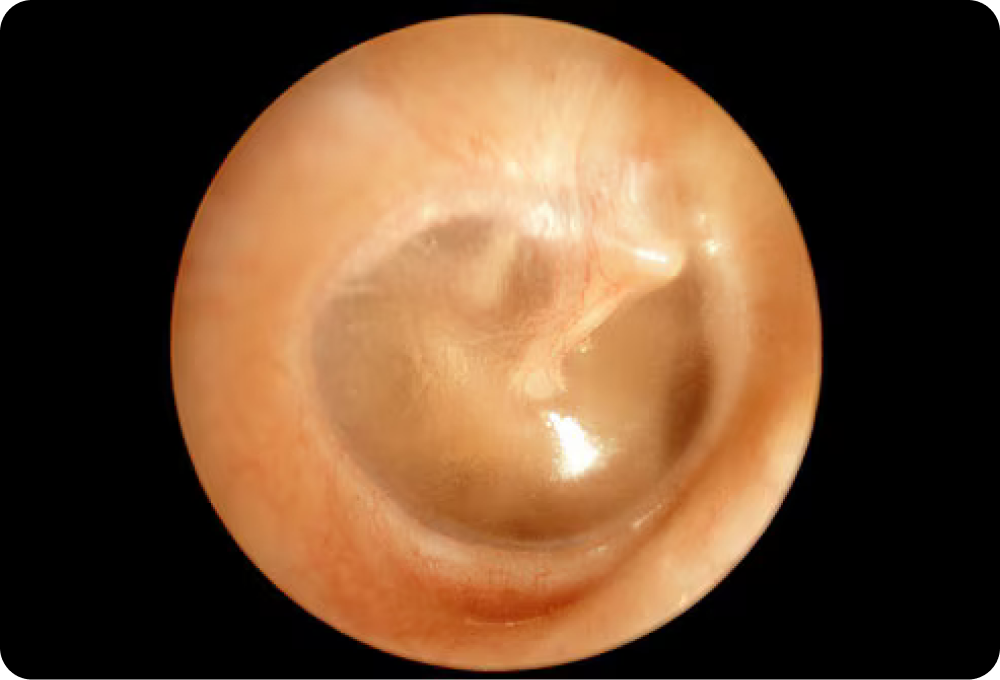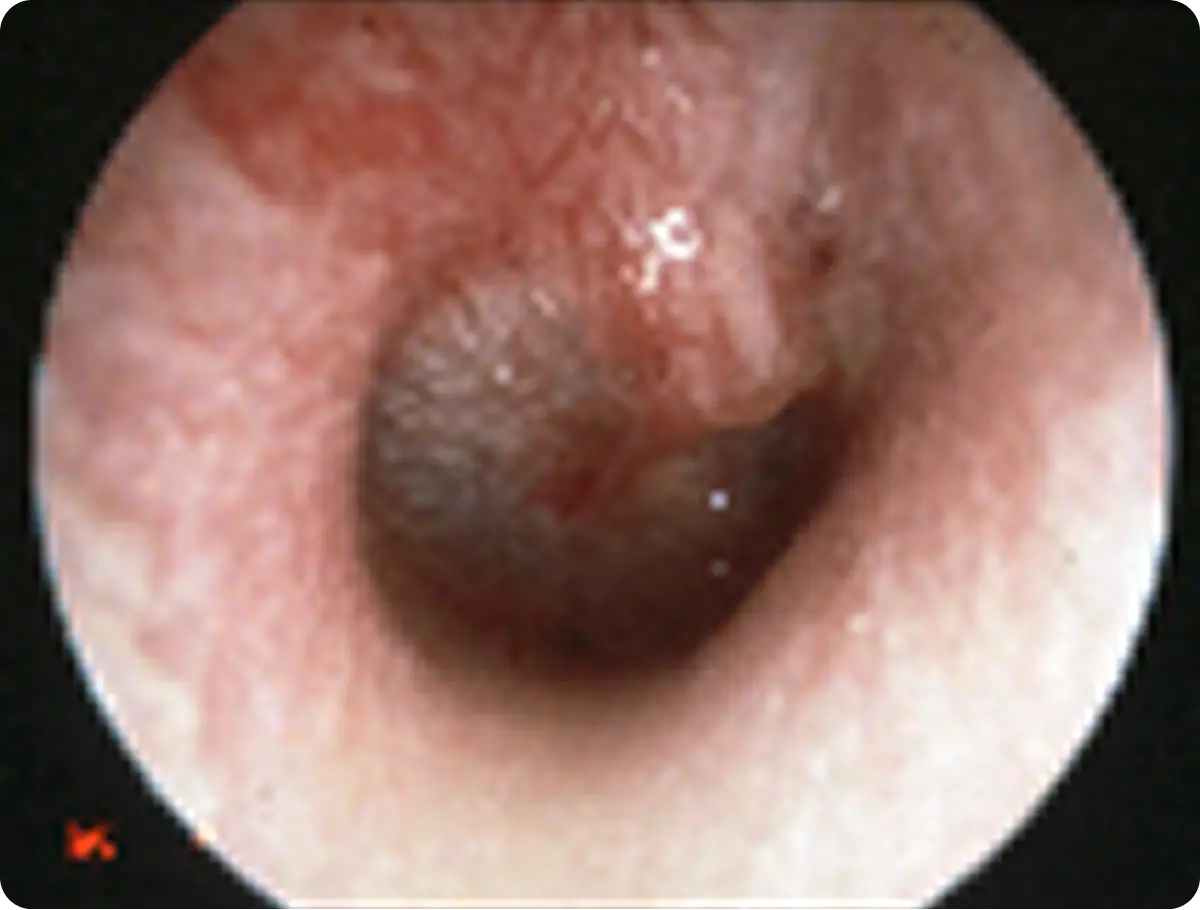Throat Conditions and Treatments

Throat issues can affect breathing, swallowing, and speech, often leading to discomfort and recurring infections. Common conditions include tonsillitis, voice disorders, and obstructive sleep apnoea.
Understanding the Throat
The throat plays a vital role in breathing, swallowing, and speaking. It consists of several interconnected structures, including the pharynx, larynx (voice box), and the tonsils. The pharynx acts as a passage for both food and air, while the larynx houses the vocal cords, responsible for sound production. The tonsils and adenoids, located in the throat and back of the nose, help fight infections but can sometimes become enlarged or chronically infected, leading to breathing or swallowing difficulties.
Disruptions in throat function, whether from infections, inflammation, or structural abnormalities, can cause discomfort and impact daily life. Understanding how the throat works and recognizing symptoms of common conditions can help in seeking timely medical care and treatment.

Normal tympanic membrane
Otitis media is common in young children and there are a number of predisposing factors. These include:
- Upper respiratory tract infection, especially caused by viral infection which are often worse in autumn & winter.
- Eustachian tube malfunction. This does not allow the fluid to drain following infection. In cleft palate, cranio-facial syndromes and in very young children the Eustachian tube is impaired, hence the predisposition for otitis media.
- Allergies especially to inhaled allergens. Mild and other food allergens.
- Some racial groups.
- Family history of otitis media.
- Exposure to cigarette smoke (passive smoking).
- Attendance at Daycare or preschool.
- Children in the household attending primary school or Daycare.

Middle ear effusion (glue ear)
Otitis media is common in young children and there are a number of predisposing factors. These include:
- Upper respiratory tract infection, especially caused by viral infection which are often worse in autumn & winter.
- Eustachian tube malfunction. This does not allow the fluid to drain following infection. In cleft palate, cranio-facial syndromes and in very young children the Eustachian tube is impaired, hence the predisposition for otitis media.
- Allergies especially to inhaled allergens. Mild and other food allergens.
- Some racial groups.
- Family history of otitis media.
- Exposure to cigarette smoke (passive smoking).
- Attendance at Daycare or preschool.
- Children in the household attending primary school or Daycare.
- Otalgia (ear pain)
- Ear discharge
- Fever
- Restlessness
Most of the infections can be treated with analgesics and antibiotics. Occasionally some children require drainage of the fluid to give them symptomatic relief. In contrast the middle ear effusion (glue ear) without acute infection does not cause fever or acute pain but does cause hearing loss, blocked sensation in the ear, speech language development delay, problems with learning at school, intermittent discharge, balance disturbance and scarring on the tympanic membrane and ossicles.
Grommets are usually a straight forward procedure and the general anaesthetic when performed in hospital has minimal risks. Post operatively the main problems include post operative discharge which means there may be fluid coming out through the grommet after inserting the grommet. If there is middle ear fluid for which the grommet has been inserted, (although most of the fluid is drained at the time of surgery) over the next few days you can expect some fluid to come through the grommet (which is what the grommet is suppose to do.) For this reason you need to use topical Sofradex drops which helps to keep the grommet hole patent.
In terms of swimming it appears no protection is necessary but care should be taken when children dive deep down in the pool over ten feet, swimming in local creeks or hot pools. Precaution is necessary when washing hair with shampoo as the alkaline pH of shampoo water seems to increase the risk of discharge from the grommets. Ear plugs can be used for hair washing but not essential. Grommets usually fall at its own accord – sometimes have to be removed if its there for more than three years.
Ear drum perforation risk is about 2% following insertion of grommets and if this does occur, the perforation usually acts like a grommet for a period of time and if it does not heal, when the child is about eight years of age this could be repaired through a simple operation.
Retained grommet : The grommets not falling out in 12-18 months time can occur in 5 % of the children and may need surgical removal to prevent persistent tympanic membrane perforation.
There is often some scarring on the tympanic membrane which is called tympanosclerosis which occurs following insertion of grommets, and this does not usually cause any hearing loss. This is simply a white patch on the drum which is visible on examination which does not have any long term effects.
Discharge after grommets (10%) is common especially after a cold or swimming – you should use topical ear drops like Sofradex to control this infection rather than oral antibiotics. Occasionally this discharge needs suction or dry mopping prior to using topical antibiotic drops.
Most acute Otitis media or Otitis media with effusion can be diagnosed by simply observing the eardrum. This will require an otoscope or microscope. The best way to diagnose is to remove any wax or debris in the ear canal and observe the eardrums with a microscope or with a pneumatic otoscopy. Tympanometery is another way of diagnosing middle ear fluid where one could assess the movement of the tympanic membrane to various pressures. Flat Tympanometery suggests the drum has fluid behind it and it does not vibrate as one should. In all the children hearing can be assessed by what is known as “pure tone audiometry” where their hearing level can be assessed. In younger children this assessment is slightly difficult but a technique such as Oto-acoustic emissions, or ABR testing is now useful for detecting hearing loss.
Prolonged course of antibiotics for a period of 4-6 weeks along with decongestants.
Eustachian tube exercises for all children especially with Otovent nasal tubes.
Control other medical conditions including allergies.
In most instances ventilation tubes (grommets) are necessary as other options have already been tried and failed.
These are a small plastic tube which is in the shape of small cotton reels. They are very small and are placed on the drum under a general anaesthetic, with a small incision on the tympanic membrane. One flange sits in the middle ear, the other on the external surface of the tympanic membrane. This helps to equalise the pressure, drain the fluid and restores the tympanic membrane to be in its normal position. There are various shapes and sizes of ventilation tubes (grommets) and depending of its size, they will last for a variable period of time. Usually they last anywhere between 9 and 18 months.
The surgery for insertion of grommets is performed under general anaesthetic, with mask anaesthesia, and takes about ten minutes. It is a day procedure where the child is in hospital for approximately four hours. Post operatively the child usually requires Paracetamol and often some ear drops to keep the hole of the grommet patent for a few days.

Middle ear effusion (glue ear)

Ear drum with ventilation tube (Grommet)
If you're experiencing these symptoms, it's recommended to consult a healthcare professional for proper diagnosis and treatment.
FAQs
You should see a doctor if your sore throat lasts longer than 10 days, is severe, or is accompanied by difficulty swallowing, breathing issues, swollen glands, a rash, or a high fever.
Frequent tonsillitis (five or more times a year), difficulty breathing due to enlarged tonsils, sleep disturbances (like sleep apnea), and abscess formation around the tonsils may indicate the need for a tonsillectomy.
Most patients recover from a tonsillectomy or adenoidectomy within 7-10 days, though some may experience throat pain for up to two weeks. Children typically return to normal activities within this period.
Yes, untreated throat infections, especially bacterial tonsillitis, can lead to complications like ear infections, rheumatic fever (affecting the heart), kidney inflammation, or abscess formation around the tonsils.
To maintain throat health:
Stay hydrated and avoid excessive caffeine/alcohol
Avoid smoking and exposure to second-hand smoke
Practice good hygiene (regular handwashing, avoiding close contact with sick individuals)
Use proper vocal techniques and avoid excessive shouting or strain on the voice
Seek treatment for acid reflux if you experience symptoms like chronic throat irritation
Contact Us
Get in touch to book an appointment or inquire about our ENT services. Our team is here to assist you with expert care and guidance.
Ph: +64 9 925 4050
Fax: +64 9 925 4051
Dr Murali Mahadevan FRACS
Otolaryngology Associates Ltd
Suite A, Level 1, Kakariki Hospital
9 Marewa Road
Greenlane, Auckland 1051

